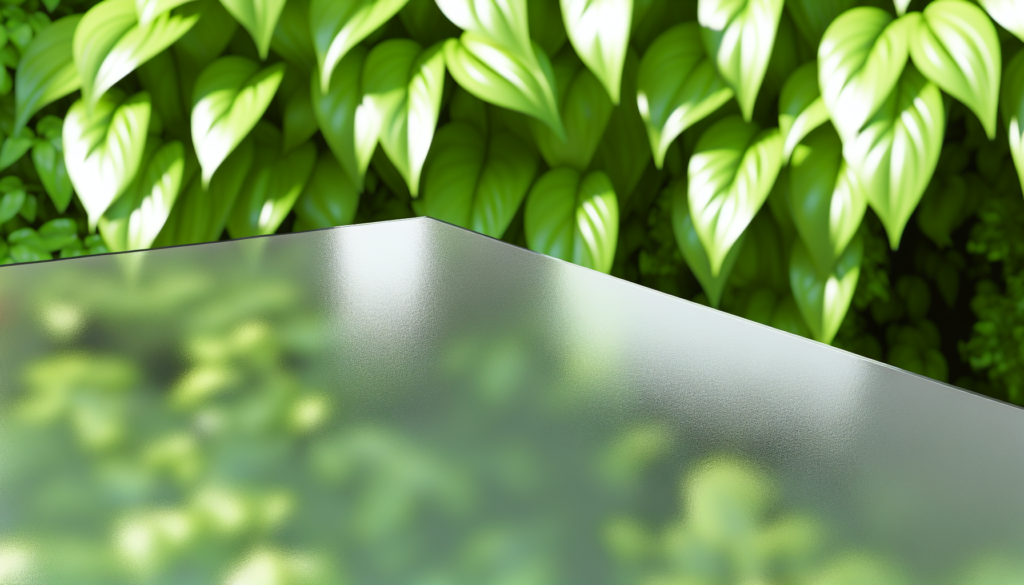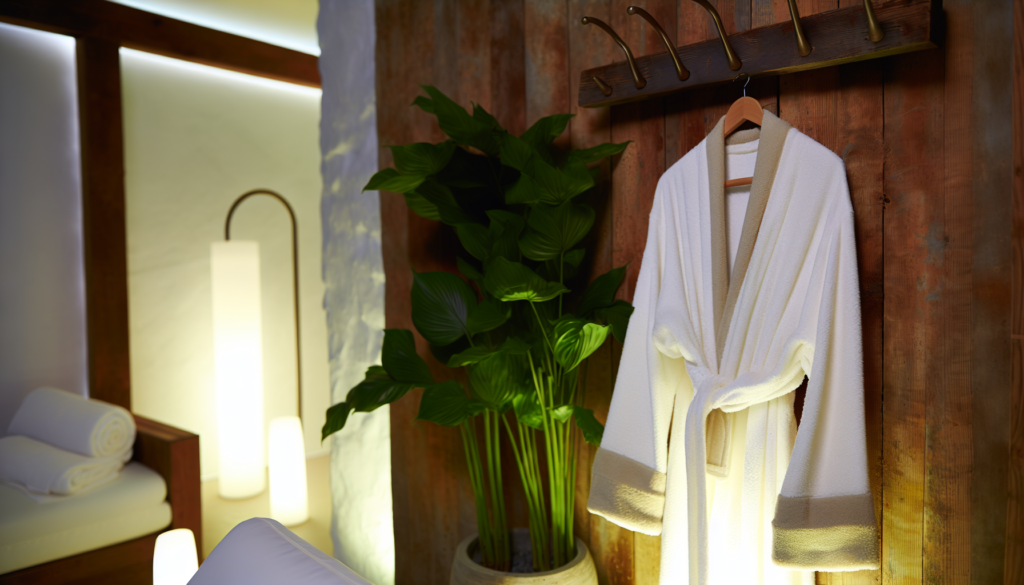Let’s face it – we all want that picture-perfect, smooth complexion we see in magazines and on social media. But real skin has texture, and that’s completely normal! Whether you’re dealing with bumps, uneven tone, or roughness, finding the right skin care solutions for textured skin can feel like searching for a needle in a haystack. The good news? You don’t need a medicine cabinet full of expensive products to achieve smoother skin. I’ve spent years testing different approaches, and today I’m sharing the top five game-changers that actually deliver results – no filters needed!
Understanding Textured Skin: Why Smoothness Matters
Before diving into solutions, let’s understand what we’re dealing with. Textured skin typically refers to any irregularity on the skin’s surface – tiny bumps, enlarged pores, acne scars, fine lines, or rough patches. These texture issues can result from various factors including genetics, aging, sun damage, dehydration, and even your skincare habits.
Why do we crave smoothness? Beyond aesthetics, smooth skin reflects health. When your skin barrier functions properly, it appears more even and radiant. Plus, makeup applies more flawlessly on a smoother canvas (though there’s absolutely nothing wrong with embracing your natural texture!).
The 5 Best Solutions for Smoother, Textured Skin
1. Exfoliation: The Foundation of Smooth Skin
If there’s one non-negotiable step for addressing texture concerns, it’s proper exfoliation. This process removes dead skin cells that can make skin appear dull and rough.
There are two main exfoliation approaches:
For most texture concerns, chemical exfoliants provide more consistent, gentle results. Start with a lower concentration (2-5%) and use 2-3 times weekly. If your skin tolerates it well, you can gradually increase frequency.
Pro tip: Never exfoliate irritated or sunburned skin, and always follow with moisturizer and sunscreen.
2. Retinoids: The Gold Standard for Texture Transformation
When it comes to dramatic texture improvement, nothing beats retinoids. These vitamin A derivatives stimulate cell turnover and collagen production, addressing multiple texture concerns simultaneously.
Retinoids come in various strengths:
If you’re new to retinoids, start with a gentle formulation and use it just once or twice a week. Apply a pea-sized amount to dry skin at night, followed by moisturizer. Gradually increase frequency as your skin builds tolerance.
Remember: Retinoids can cause initial purging and sensitivity, which typically subsides after a few weeks. Patience is key—visible results usually appear after 8-12 weeks of consistent use.
3. Hydration: The Underestimated Texture Smoother
Sometimes, the solution to textured skin is simpler than we think. Dehydrated skin often appears more textured, with pronounced fine lines and rough patches.
Incorporate these hydration heroes:
For maximum hydration, apply these ingredients to slightly damp skin. Layer lighter hydrators under richer moisturizers, and consider using a hydrating mask weekly.
Remember that internal hydration matters too—aim for at least 8 glasses of water daily for that inside-out glow.
4. Vitamin C: The Brightening Texture Refiner
Uneven tone often accentuates texture concerns. Enter vitamin C—an antioxidant powerhouse that brightens skin, fades hyperpigmentation, and stimulates collagen production.
For best results:
Vitamin C works synergistically with other texture-improving ingredients, particularly retinoids (used at different times of day) and sunscreen.
5. Sunscreen: The Ultimate Preventative Measure
No texture-improvement plan is complete without daily sunscreen. UV exposure breaks down collagen and elastin, exacerbates hyperpigmentation, and creates rough, uneven skin texture over time.
Choose a broad-spectrum SPF 30+ and apply generously as the final step in your morning routine. Reapply every 2 hours when outdoors.
Modern sunscreen formulations come in various textures, from lightweight gels to hydrating creams, so there’s truly an option for everyone. Some even contain texture-refining ingredients like niacinamide or antioxidants for added benefits.
Creating Your Customized Texture-Smoothing Routine
Now that you know the heavy hitters for smoother skin, here’s how to combine them effectively:
Morning Routine:
1. Gentle cleanser
2. Vitamin C serum
3. Hydrating serum/moisturizer
4. Sunscreen
Evening Routine:
1. Gentle cleanser
2. Exfoliant (2-3 times weekly)
3. Retinoid (start with 1-2 times weekly)
4. Hydrating serum/moisturizer
Remember to introduce new products one at a time, waiting at least a week between additions to monitor how your skin responds.
When to See a Dermatologist
While these skin care solutions for smoother, textured skin work for many people, some texture concerns may require professional help. Consider seeing a dermatologist if:
Dermatologists can offer powerful treatments like chemical peels, microdermabrasion, laser therapy, or prescription-strength products that address stubborn texture concerns.
The journey to smoother skin isn’t instant, but with consistency and the right approach, visible improvements are absolutely possible. Remember that perfectly smooth skin exists primarily in heavily edited photos—real skin has texture, and that’s both normal and beautiful! Focus on healthy skin first, and the smoothness will follow naturally with time and proper care.







